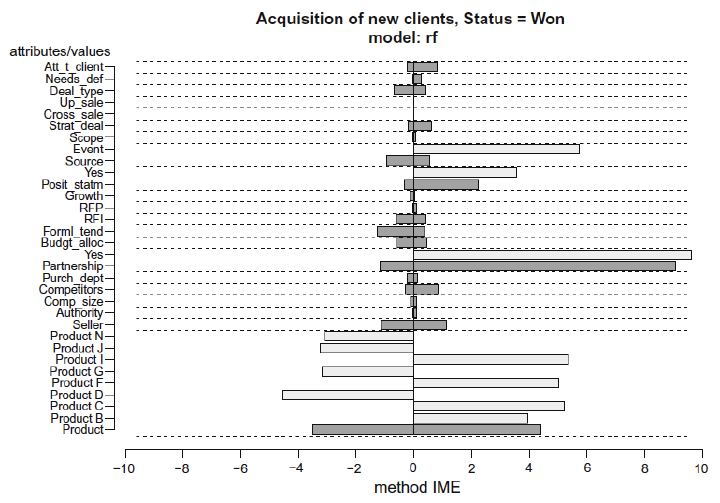
Abstract
Current research into algorithmic explanation methods for predictive models can be divided into two main approaches: gradient-based approaches limited to neural networks and more general perturbation-based approaches which can be used with arbitrary prediction models. We present an overview of perturbation-based approaches, with focus on the most popular methods (EXPLAIN, IME, LIME). These methods support explanation of individual predictions but can also visualize the model as a whole. We describe their working principles, how they handle computational complexity, their visualizations as well as their advantages and disadvantages. We illustrate practical issues and challenges in applying the explanation methodology in a business context on a practical use case of B2B sales forecasting in a company. We demonstrate how explanations can be used as a what-if analysis tool to answer relevant business questions.